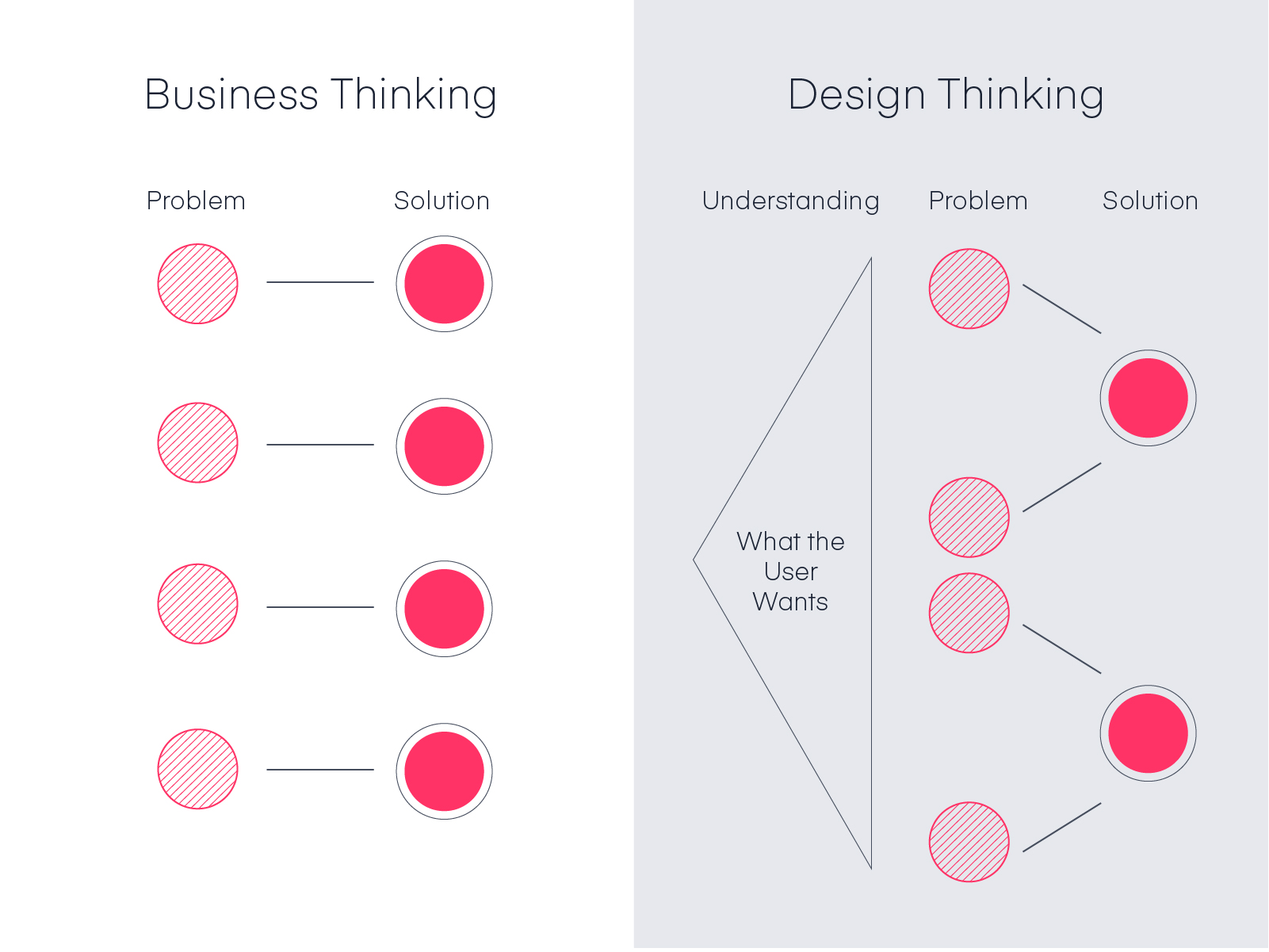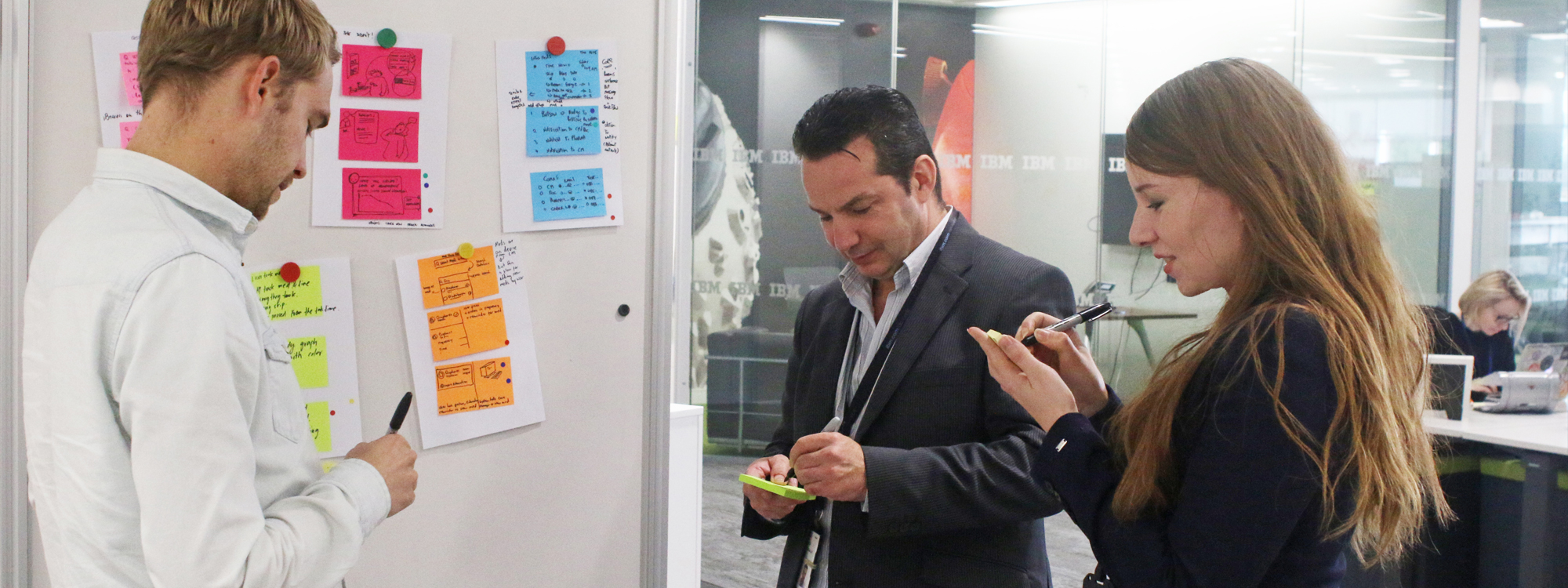IBM Design Thinking & Mentoring
(Dublin, Ireland)
IBM Design is the creator of IBM Design Thinking framework to solve our users’ problems at the speed and scale of the modern digital enterprise.
During my time in IBM I was working along 1,500 formally trained designers to deliver this framework in a form of a workshop to IBM brands and divisions.
On a daily basis I bridged the gap between business decision makers (OM), developers, stakeholders and users using IBM Design thinking framework.
See IBM.com
Stage 1: Preparation for workshop
Running a workshop is a great way to help people learn from each other regardless the experinece and seniority in the field. Workshop facilitation is about helping a group to gain skills and knowledg, tease out creative and out of the box ideas. Facilitators role is not about being in charge. You don’t even need to be an expert in the workshop topic (although it can often help). The key to good facilitation is that you and the participants are equals – you all share responsibility to create a good learning experience.
Good to prepare in advance:
• Prepare your workshop space
• Team introduction game
• Disclaimer about desired goal of the workshop
• Introduction into Design Thinking methodology and workshop plan
• Explanation how will this workshop help to atchieve the goal
• Design Thinking artefacts

Stage 2: Conduct workshop
Facilitating a workshop involves a range of different responsibilities. Your job is often about setting up activities that enable people to learn from each other and build on their own knowledge. In order to keep people engaged you need to find ways of revisiting content without the workshop becoming repetitive.
Pay attention to:
• Optimal group size
• People learning styles
• Team dynamics & potential clashes
• Time tracking


Stage 3: Further Actions
After the workshop is complete assign action points to executors and set a follow up date. Dont forget to have fun!
